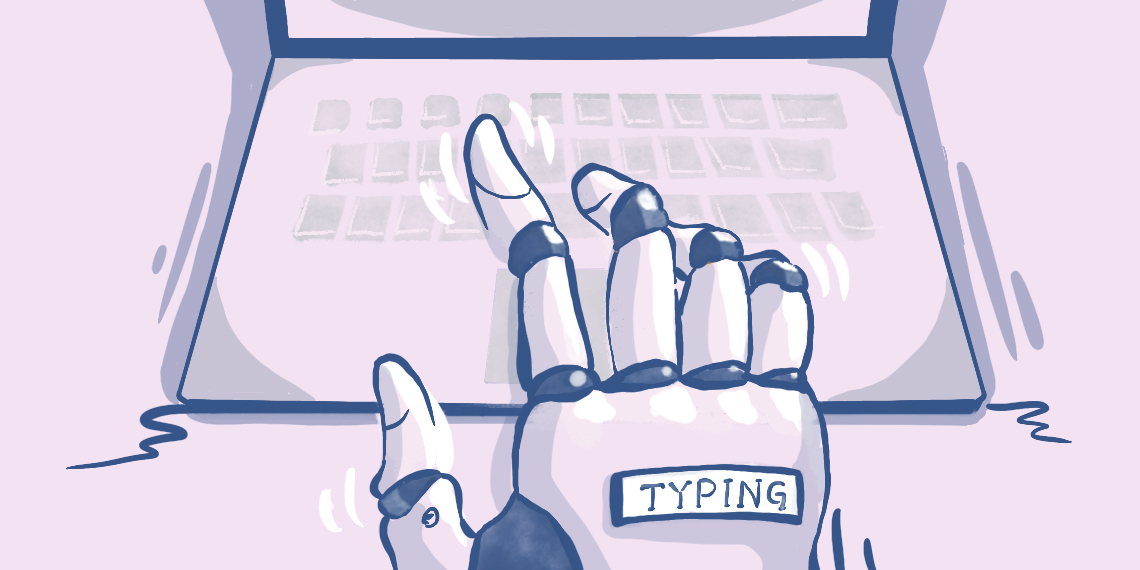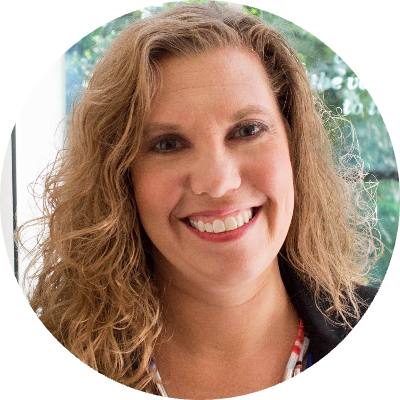WTF is an HR tech stack?

HR is shaking up with the introduction of new technology thanks to the boom in AI. But, it’s leaving HR leaders confused, overwhelmed, and unsure of how to navigate it.
For starters, HR leaders are tackling a lot: compliance, payroll, people management, recruitment, onboarding – the list goes on. And a company’s CHRO or CPO is likely not specialized in every function of HR or is completely technical.
That leaves HR folks reliant on other resources to build a well-rounded HR tech stack that is user-friendly for not just them, but the entire company, all while avoiding app sprawl.
Here’s what HR leaders need to know.
What is an HR tech stack made up of?
Tomer London, chief product officer of HR solutions company Gusto, describes an HR tech stack as “a solution to a problem.”
“If you think about all of the different problems that can be in the world of HR, compliance, and payroll, there’s a lot of them,” said London. “The first problem is how do I register my business and how can I become an employee in a compliant way? That’s the first layer of the stack. “Then it’s ‘well, now I want to hire people, and how do I pay people and offer benefits?’”
As London describes, there is technology for each function of HR, which means there is a lot of technology to sort through. And a slew of tech vendors.
Here is a short breakdown, including a few examples:
Recruiting (from talent discovery to interview tools to workflow management): Greenhouse, Handshake, Deel, Paycor, Lever, BambooHR.
Onboarding: Envoy, Checkr, ADP, HiBob.
Recognition and rewards: Nectar, Bonusly, Kudos, Awardco, Vantage Rewards.
Performance management: BetterWorks, Lattice, Workday, Workhuman.
Employee engagement: Culture Amp, CultureIQ, TINYpulse, SurveyMonkey, Qualtrics.
Compensation and benefits: Justworks, Benvity, LifeWorks, Gusto, Paychex, TriNet.
“You end up as a company needing to have five, six, maybe even 10 different apps to do this stuff,” said London. “It’s kind of choosing 10 different things instead of choosing one thing, which is much harder. But it’s still better than having no choice at all and using pen and paper.”
There is indeed a significant amount of platforms to consider from function to function, which is why some companies prefer an option that has several capabilities all in one, like ADP and SAP. For years, those two have been the bread and butter examples of Human Resources Information Systems, or HRIS, to help businesses automate and manage their HR tasks. HRIS includes a variety of features like employee databases, data analytics, time and attendance tracking, record-keeping, and more. They typically support traditional HR functions like payroll, recruiting, and training.
How is it evolving?
“If you think about pre-cloud software, HR was for the most part – and sometimes still is – very manual, with Excel or Google Sheets,” said Jamie Aitken, vp of HR transformation at Betterworks. “Even something as simple as a talent review process was binders and binders of pages. Suddenly cloud services started to show up and automation. It was a huge leap and bound for us because it unburdens so much of the effort.”
Robyn Hopper, a knowledge advisor at HR Association SHRM, agrees that the evolution is hard to miss. “There are new things popping up every day with more and more tech. When I first started, there was not all of this technology. We had to adapt.”
That need to adapt is one that has been supercharged today. While it’s easy for most companies to stick with the technology they’ve always used, it’s crucial to stay on top of the evolving workforce that demands the utilization of automation and AI.
“Some of these platforms can be really expensive, but some of them are really just worth it in the long run to be able to tailor exactly what a specific organization wants,” said Hopper. “There is not always a one-size-fits-all approach.”
Despite costs, Tomer has seen an uptick in interest from companies who have been using traditional, low-tech solutions and are seeking a more modern work experience for employees. Aitken says that there has been a definite buzz in the HR world about upgrading user experience and leveraging technology.
How do I know what to invest in?
There is one rule of thumb that HR execs typically double down on, according to HR sources spoken to for this article. And that’s that it isn’t enough for the tech to work for HR execs alone, it also needs to work for the employees.
While other departments get the luxury of choosing technology to improve the processes of their specific teams, HR needs to ensure the user experience works for the entire company.
“That user experience has to be really, really intuitive for both the employer and the employee,” said London. “Employees are often neglected or a second thought in the world of HR tech.”
Aitken agrees. “HR really needs to start exploring more aggressively the systems of engagement that attach to those systems of record tools. What is it that an employee easily interacts with during the flow of work?,” she said.
She says that melts away the feeling of being forced to do something by HR and replaces it with a feeling of performance enablement.
Hopper says that one way that most HR folks figure out exactly what to invest in is by speaking with other experts and relying on word of mouth, especially amid the AI hype. Besides that, there are other resources like SHRM’s vendor directory.
And once a vendor is selected, it’s important to check in with yourself and your employees about their experience, including looking at data to understand whether or not a system is working.
“There are lots of hands in the cookie jar in order to make sure that a platform, depending on what it’s for, is going to work across the board and not just one-sided,” said Hopper.

